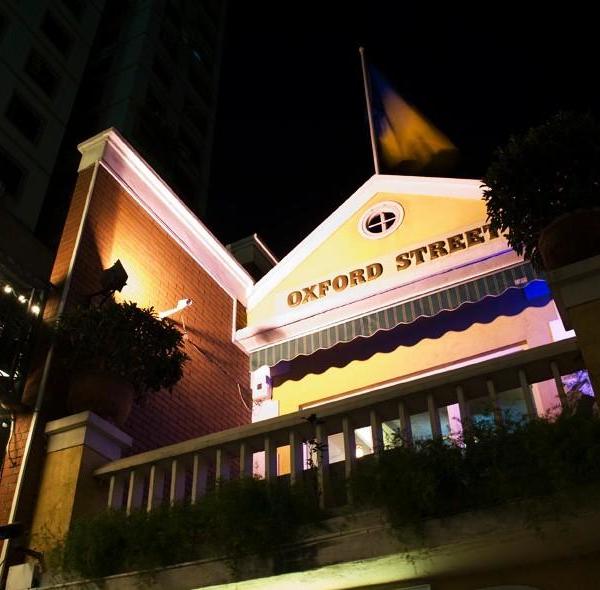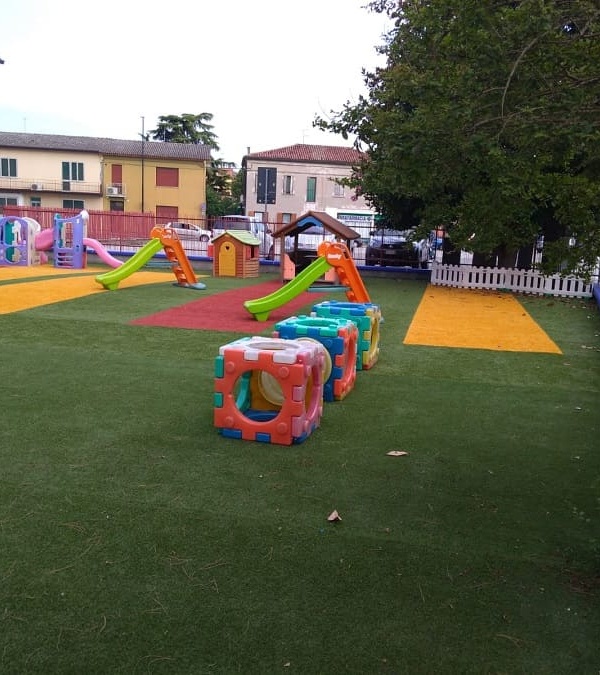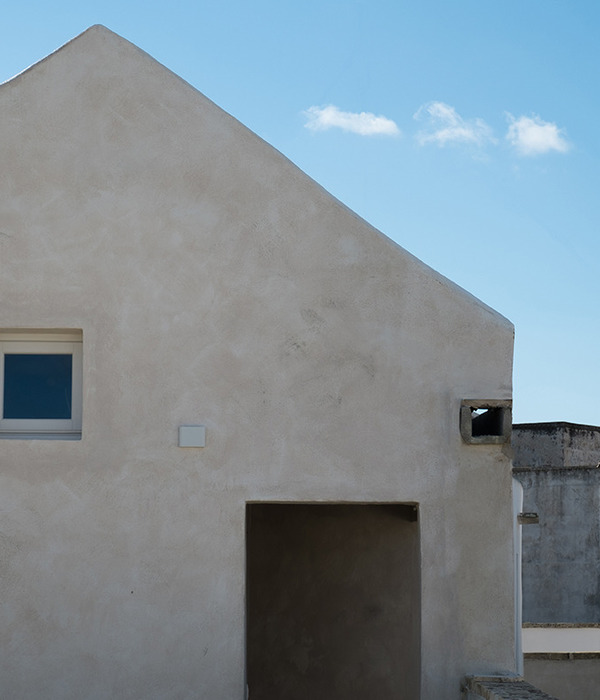Sergelhuset is a large collaboration project where Marge Arkitekter has been responsible for the master plan and the overall design concept, design, and development of the facades for the Pavilion, the S-Building, and the H-Building.
Sergelhuset building complex is located next to Sergels Torg in the heart of Stockholm. The property is intersected by Malmskillnadsgatan, a street challenged by spatial isolation despite its central location.
In our winning proposal to redesign the complex, we emphasize visual connectivity and a differentiated program – a mix of housing, retail, restaurants, and offices - in an effort to turn today’s anonymous Malmskillnadsgatan into an inviting street for the city’s residents and visitors. A generous staircase is added, connecting the street with the bustling Sergels Torg.
The Pavilion. Of central concern was the matter of how to address the site’s multiple levels and make the urban space easier to navigate both for visitors and residents. The smaller scale of the pavilion, in conjunction with the visible edges of the joists and their placement next to the new staircase, contributes to clarify and elucidate the connection between the lowered Sergels Torg, the Hamngatan street, and the higher situated Malmskillnadsgatan street. The red colour scheme creates a clear contrast to the adjacent brown and grey tones and transforms the building, seen from a distance, into an orienting landmark.
S-Building. The S Building is designed with a distinct façade application that produces a uniform backdrop for Sergels Torg. By keeping the structural framework of the building intact and re-using the bricks of the original facade, the environmental impact is minimized. The building consists of a glazed base crowned by a terrace with a set-back “waist”, a midsection with a simple, unambiguous design, and a set-back penthouse. Facing Sergels Torg, the double-height base is characterized by large glass sections framed by wide stone pillars with an extended frieze. The diligent design work includes decorative, visible stone mountings as well as various elaborations and graduations on stone, sheet metal, and wood. The edge of the base is detailed with a vegetation bed, a nod towards the building’s original, and long since covered, terraces. The midsection’s load-bearing lattice structure incorporated into the facade with anodized aluminum, in addition to the horizontal bands of recycled, washed granite, provide the building with its characteristic expression. Towards Malmskillnadsgatan Street the façade is angled to break up the scale of the street space and create a more intimate urban space.
H-Building. Located at the south-eastern section of the property, the H Building is designed to stand out among the line of imposing edifices along Hamngatan, one of Stockholm’s major shopping streets. The new design of the façade relates to the department stores that formerly lined the street. The building is of a classic, palatial style with an elaborate and stable foundation and clear detailing on the upper storeys. Variation is created by a rhythm of window designs and an ornate lining of sheets in green. The ceramic sheets are glazed, which creates a natural variation. The window frames are in the light, anodised aluminium.
▼项目更多图片
{{item.text_origin}}












